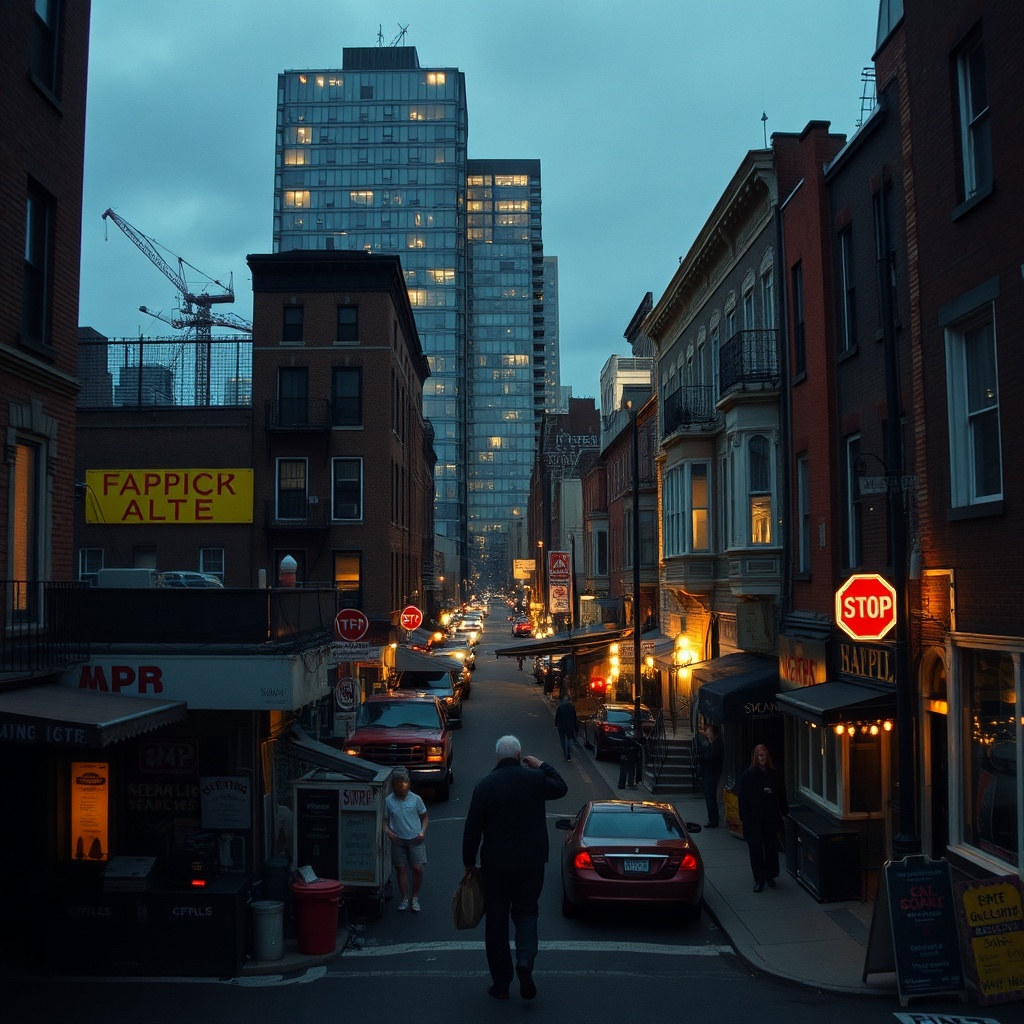East Village Guide: Where Creativity, Food, and Community Collide
The East Village remains one of the city’s most magnetic neighborhoods, known for its creative energy, independent spirit, and layered cultural history. Once a landing spot for immigrant communities and later a crucible for counterculture, the area now blends legacy institutions with new eateries, galleries, and grassroots activism—making it a must-visit for locals and visitors alike.
What to See and Do
– Stroll St. Mark’s Place: This lively corridor is packed with eclectic shops, vintage clothing stores, and late-night bites. It’s a great artery for people-watching and finding one-of-a-kind souvenirs or vinyl records.
– Spend time at Tompkins Square Park: The park serves as a neighborhood living room—hosting casual gatherings, open-air performances, chess players, and dog owners. Seasonal programming often brings farmers markets, community events, and informal music sets.
– Explore independent bookstores and galleries: The East Village still supports small presses, zine shops, and intimate galleries where emerging artists show work. Window shopping on side streets often reveals murals and street art that reflect the neighborhood’s creative pulse.
– Catch live music and performance: A long tradition of live music and DIY shows continues in small venues and basement clubs. Look for intimate sets by local bands, experimental performances, and themed nights that capture the area’s musical legacy.

Food and Nightlife
Dining in the East Village is a culinary crossroads. You’ll find hearty Eastern European staples, late-night ramen counters, Middle Eastern bakeries, and inventive plant-forward kitchens all within a few blocks. Classic diners sit beside modern small-plate spots, making it easy to craft a food crawl that spans comfort food to cutting-edge flavors.
Nightlife tends toward the intimate—cocktail bars with craft programs, neighborhood pubs, and small venues offer a welcoming alternative to mega-clubs. Many spots open late and emphasize community over spectacle, keeping the East Village’s reputation as a nightlife destination with personality.
Shopping and Markets
Beyond vintage and record stores, the neighborhood supports independent makers and local designers. Pop-up markets and weekend fairs frequently appear in community spaces and storefronts, so it’s worth checking local event calendars or simply wandering to discover limited-run goods and artisanal food products.
Community and Culture
Community activism and neighborhood organizing are part of the East Village’s DNA.
Residents often mobilize around housing, public space, and preservation of local landmarks. This civic engagement helps maintain a balance between growth and the character that made the area unique.
Practical Tips
– Explore on foot: The neighborhood’s compact streets reward walking; bring comfortable shoes and allow time to detour into side streets.
– Support local businesses: Independent cafes and shops are the backbone of the community—choosing them helps keep the neighborhood vibrant.
– Be mindful of residents: While lively, the East Village is also home to long-term residents; observe noise etiquette in the late hours.
Why Visit
The East Village offers a layered experience where history and contemporary culture coexist. Whether you’re craving an authentic meal, hunting for rare records, or seeking an intimate live show, the neighborhood delivers an atmosphere that stays true to its roots while embracing new creative voices. It’s a place to wander, taste, listen, and connect—every visit revealing another distinctive corner of city life.